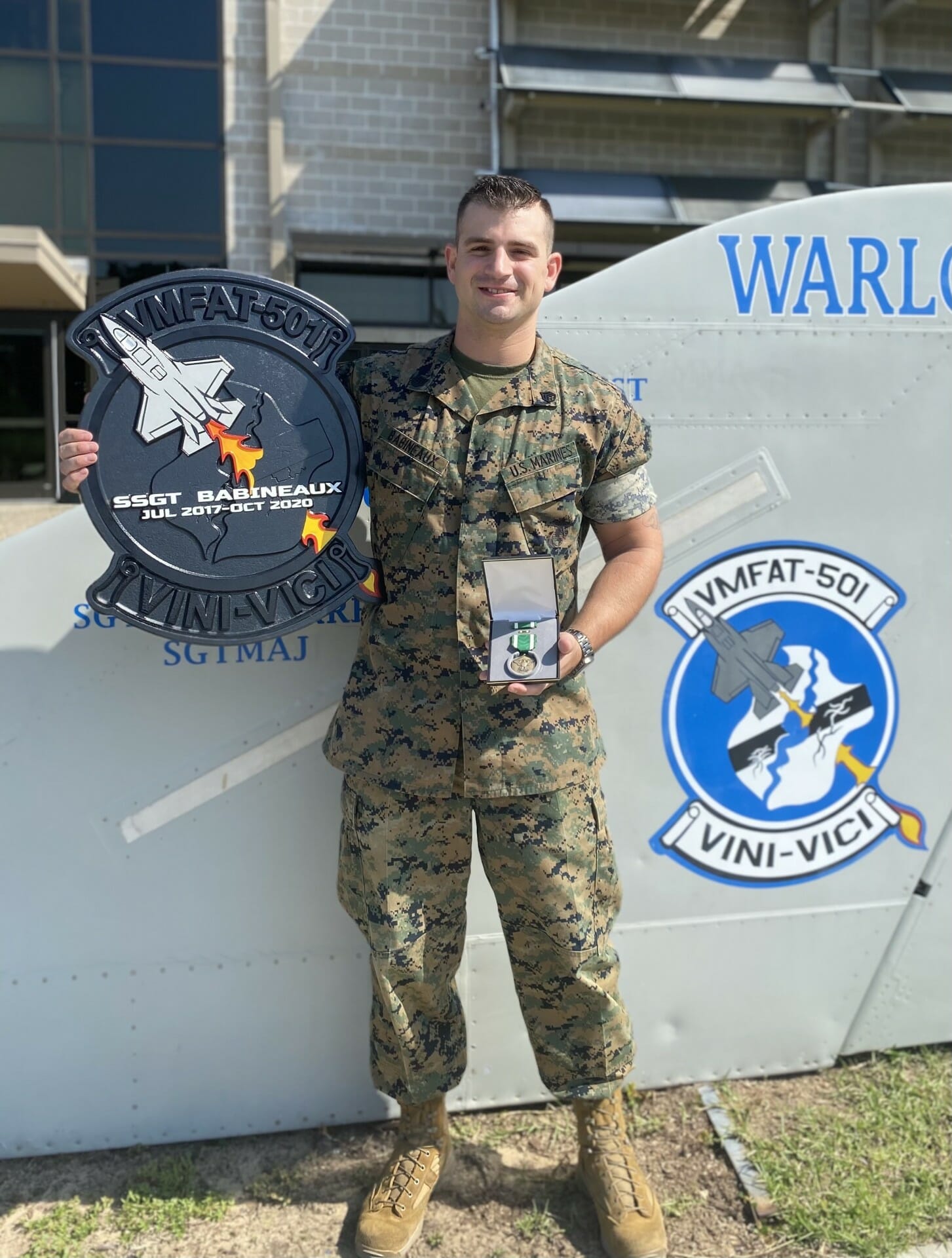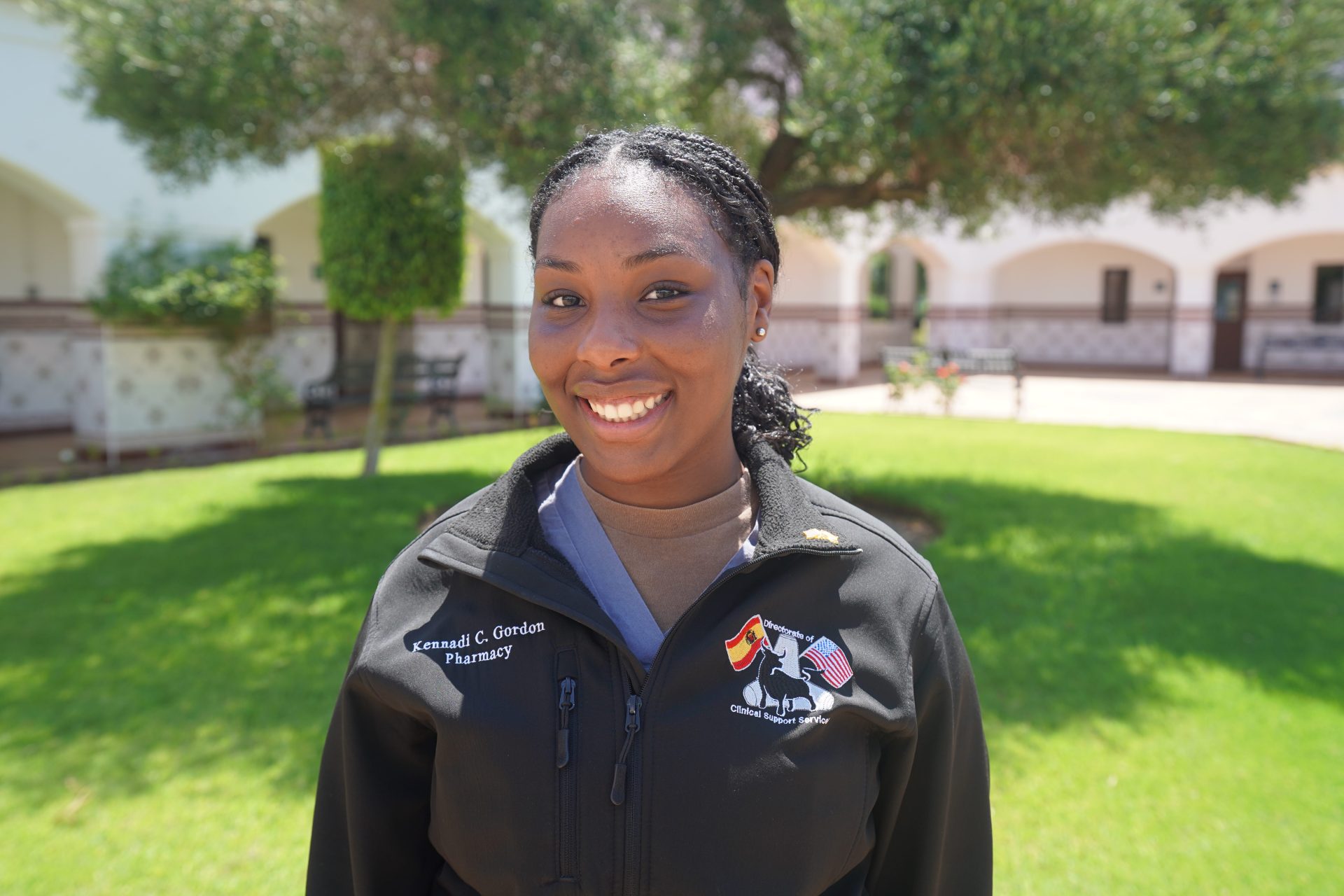By Larry Dandridge
Why do police officers not hot pursue and chase down every person who runs from them in a vehicle? Today, most police departments have a NO HOT PURSUIT POLICY or pursue only when the fleeing person is a fleeing felon and is more of a danger free, than if he or she were to be pursued and caught. Hot pursuit of people committing minor traffic violations and other minor crimes and, when the officer does not know why the suspect is fleeing, puts everyone including pedestrians, passengers, bystanders, other drivers, the officer, and the fleeing person in great danger. Hot pursuits result in far too many people killed and seriously injured. Hot pursuits also result in law suits filed against the officer and his department.
More than 36,000 people die every year in motor vehicle accidents in the USA. Approximately 6,000 pedestrians are killed each year by motor vehicles. More than 5,000 bystanders and passengers have been killed in police car chases since 1979 and thousands more were injured as officers pursued drivers at high speeds and under extremely hazardous conditions.
According to the National Institute of Justice Study Report 122025, dated May 16, 1990, the Justice Department calls hot pursuits, “the most dangerous of all ordinary police activities” and urges police departments to adopt policies listing exactly when officers can and cannot pursue someone.
Bottom line, ask your police chief and sheriff to ban hot pursuits for minor traffic and other minor violations and when the police do not know why the person driving is fleeing. Serious criminals can be caught later in most cases, because the police usually have the make and model of their car, the license plate number, the driver’s descriptions, and other information to track them down.
Why do police officers sometimes use choke holds on people? Choke Holds are dangerous and banned by police departments, with one exception. Choke holds are a high level of force and at times deadly force. Many years ago, choke holds were used sometimes to subdue persons resisting arrest and fighting (assaulting) a police officer or another person. Today, every police department, that the author knows of, has a policy against the use of choke holds. The only time a police officer should resort to a choke hold is if they believe that they or another person is in imminent danger of being killed or seriously injured —- and no other form of force or action will safely work.
There are two basic types of choke holds, the Air Choke and the Blood Choke. Although less effective at inducing unconsciousness than its blood choke counterpart, the air choke causes excruciating pain and air hunger. In combat sports a fighter will usually submit to an air choke hold. Air chokes have been associated with fractures of the larynx or hyoid bone, and are considered less safe than blood chokes.
Blood chokes (or sleeper holds) are a form of strangulation that compress one or both carotid arteries and/or the jugular veins without compressing the airway, hence causing temporary unconsciousness in 10–20 seconds. Injury or death is possible if the arteries remain constricted for more than 20 seconds. Properly applied blood chokes require little physical strength.
The Los Angeles Police Department banned chokeholds in 1980, and was soon followed by most police departments nationwide. Choking suspects was widely banned by American police departments by the early 1990s, when New York City strengthened the force of an earlier ban on chokeholds.
Any police officer who decides to use a choke hold and, he or she or another person is NOT in imminent danger of being seriously injured or killed, should not use a choke hold. Even if an officer is imminent danger of serious injury or being killed, it would still be wise to use any other tool the officer has available to stop the attacker —— if another tool like a baton, pepper spray, or taser is available, would do the job, and can be safely used.
Because a miniscule number of officers are continuing to use choke holds despite being prohibited by department policy, it is long past time for Police Departments (and the criminal justice system if needed) to hold accountable any police officer who violates this policy. Officers who use a choke hold in violation of department policy, in a non-lethal encounter, with a person should be disciplined severely, most likely fired, certification rescinded, and prosecuted if needed.
Imagine being a police officer in a fight, on the ground, with an enraged or mentally ill, attacker, who might be high on drugs with super human strength, for what you (the police officer) believed was going to have your pistol taken from you, or if the attacker was so large and powerful that the police officer believed he or she would be killed with the attacker’s bare hands — a choke hold may be all the police officer could do to survive. Even when justified, officers should expect to be sued when he or she uses a choke hold.
Larry Dandridge is an honors graduate of three police academies and a DoD Counter Terrorism course graduate. He served as a police officer and deputy sheriff in AL and MO. He has also worked as a consultant with the Federal Law Enforcement Training Center in GA and SC, and the Military Police and Customs operations in TX. An accomplished writer and motivational speaker, the owner of TVV Publishing, a retired Army Test Pilot, the author of the award-winning BLADES OF THUNDER (book One), a retired Aerospace Industry Region Manager, a past University Business, Writing, and Aeronautics Instructor, and volunteer Patient Adviser at the RHJ VA Medical Center, he writes two columns, as a free-lance writer, for the ISLAND NEWS, the Veterans Benefits Column and the What Citizens Should Know About Policing Column. You can contact Larry at his email, LDandridge@earthlink.net.
EDITOR’S NOTE
This is column 5 of a 12-column series on what citizens should know about police officers, use of force, and challenges the police and citizens face. Columns 1, 2, 3, and 4 introduced the series by answering the questions:
What are the risks involved in police work?
How does a COP (Constable on Patrol) decide on what level of force to use?
When can a police officer use deadly force?
When can deadly force be used on a fleeing felon?
Do life and death decisions made by police really have to be made so quickly?
What does the Beaufort County Sheriff’s Office do for Beaufort County?
Do police officers take care to avoid hurting innocent bystanders?
Do police officers have to retreat when facing a dangerous person?
Can a police officer be unfit to serve, even if they do not break the law?
Do police officers have to retreat when facing a dangerous person?
Can a police officer be unfit to serve, even if they do not break the law or violate department written policies?
These columns are not meant to replace carefully reading local, county, state, and federal law or the need for a lawyer when seeking legal advice.
Larry Dandridge is not an employee of THE ISLAND NEWS and his opinions are his alone. Readers should rely on their local police and sheriff’s departments and their attorneys for all law enforcement information and legal advice. Although every precaution has been taken in the preparation of these articles, the publisher and author assume no responsibility for errors or omissions. Neither is any liability assumed by the author or THE ISLAND NEWS for damages resulting from the use of information contained herein.








